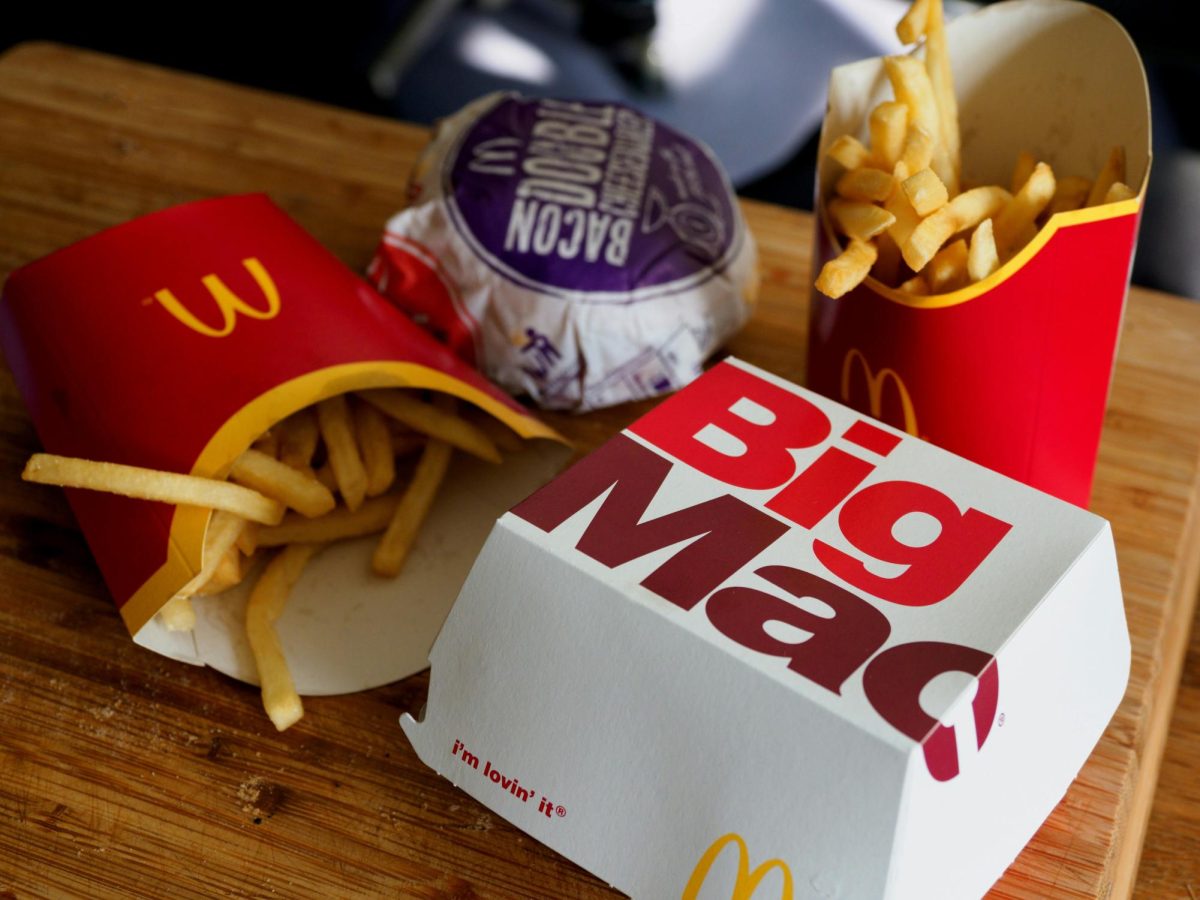Angela Johnson looked down at her receipt in disbelief as she walked away from a McDonald’s cash register recently.
“I just paid $12 for a Big Mac meal,” she said. “A few years ago I swear I was paying half that, and the price just keeps going up.”
“I guess we are supposed to just accept that.”
Johnson, 32, works full-time in retail and faces the same problem a lot of Californians do these days: finding ways to spend less money on food.
A new law, AB1228, signed by Gov. Gavin Newsom last fall, will increase the minimum wage paid to fast food workers from $16 to $20, effective April 1. The wage change is already forcing companies to adjust in different ways—notably, by increasing their menu costs.
During an earnings call in October, the CEO of McDonald’s, Chris Kempczinski, commented on the price change: “Certainly, there’s going to be some element of that that does need to be worked through with higher pricing.”
His announcement came one year after McDonald’s had already raised its prices. According to Pricelisto, the fast food giant upped its menu costs nationwide by 13 percent in 2022 — adding to inflation woes as consumer prices for food shot up 7.7 percent during the same period, according to the U.S. Bureau of Labor Statistics.
Johnson, like so many others, feels her choices are now narrowing.
“Between commuting, bills, and day to day expenses, it’s getting harder and harder to justify being able to spend this much money on food as I do,” she said.
“But at the same time I don’t see that many options other than making food at home, and it’s not like the grocery store is exactly cheap nowadays, either.”
According to The Mercury News, the cost of food eaten at home in the Bay Area rose 4.3 percent in December, a big jump from the 1.9 percent increase measured just two months earlier in October.
Other food establishments such as Chipotle have announced their menu prices will likewise tick up in response to the coming wage increase.
In an interview with The Wall Street Journal, Jack Hartung, CFO of Chipotle, announced his company’s menu prices would increase between 5 and 9 percent as a result of the wage increase.
“The reality is, every restaurant company in California is probably going to have to take a similar increase,” Hartung said.
Meanwhile, some companies are finding other ways to adjust to the new law — compensating for the higher wages by simply cutting workforce.
According to federal and state filings, Pizza Hut has already laid off 1,100 delivery drivers as a result of the law’s passage.
Some companies, like Burger King, are even considering abandoning their workforce altogether in favor of what their CEO, Josh Kobza, calls “digital kiosks.”
“My point of view is we need to get this business to 100 percent digital,” Kobza said on an earnings call in October.
“We should have all of the order-taking done through digital ordering channels over time.”
That sort of change may or may not impact the way Michael Ramirez consumes fast food in the future. Ramirez is a regular drive-thru customer who said he usually finds himself at McDonald’s before his morning commute.
“McDonald’s is unhealthy, but is also supposed to be cheap and fast,” said Ramirez.
Now, with the price hikes, he wonders if the food is for him any longer.
“If it turns out to be just unhealthy and fast, I don’t see why I would come here anymore,” Ramirez said, and “maybe it’s for the best.”





































































